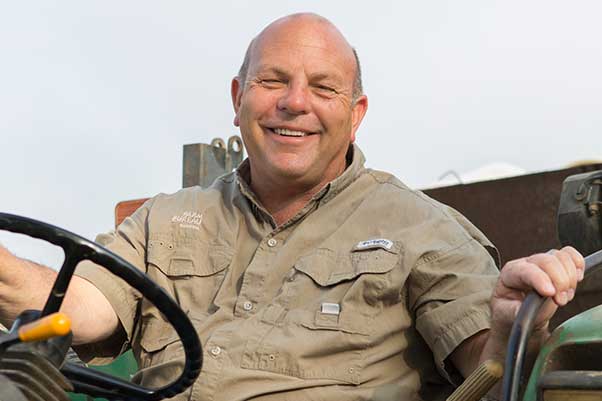Exploring never gets old for me. It was Saturday afternoon and time to get out of the house. Making my way through the smoke from Canada’s wildfires and the really strange streets of the Tangletown neighborhood in Minneapolis, it was time to find the Washburn Water Tower.

The first observation was Tangletown is the right name for that neighborhood. Whoever put those streets together maybe had one too many drinks with dinner. Nonetheless, it was time to find the tower, and for a good reason.
It looked like a structure you’d see somewhere near a castle in any one of the Lord of the Rings movies. But let’s delve into a bit of history first.
The 110-foot concrete cylinder was constructed in 1932 and sits at the top of a hill in Tangletown. A book titled “Secret Twin Cities, a Guide to the Weird, Wonderful, and Obscure” was the perfect exploring manual. It points out that if you aren’t within a block of the structure, you’ll never see the tower because it’s hidden by a combo of dense residential areas and tall trees.

The reason for preserving the old structure was the intricate details builders put into constructing the tower, which is no longer used to supply water. Encircling the top of the tower are eight-foot tall, five-ton eagles with spread wings that look ready for takeoff.
A bit further down the cylinder, it looks like knights are standing guard outside the walls of a castle. Closer to the base are 18-foot tall, eight-ton “guardians of health” holding a perpetual vigil with swords. At a time when Minnesota was in the middle of a deadly typhoid outbreak, the guardians were symbolic protectors of a clean water supply.

The tower had a capacity of 1.35 million gallons of water, which it faithfully supplied to the neighborhood until the 1990s. Three men from the neighborhood designed and engineered the structure John Daniels was the sculptor, William Hewitt was the project engineer, and Harry Wild Jones was the lead architect.
Get out and get to exploring. The massive medieval tower is located at 401 Prospect Avenue in Minneapolis, and there’s no charge to get up close and personal with the “tower guards.”








